Have you ever tried foraging for edible herbs? Learn to discover the bounty that Mother Nature has to offer, and explore a new world of tasty and eco-friendly flavours.
When I was a child, I used to see a man rummaging about in the little patch of grass in front of my primary school. He kneeled down, knife in hand, cutting and then placing handfuls of herbs in a plastic carrier bags. Sometimes, he would chew on some sort of grass. I tried to copy what he did, one day. I kneeled down with a butter knife I had lifted from the school canteen, cut grass and chewed on it. It tasted dreadful. So, I gave up my attempts at ‘foraging’.
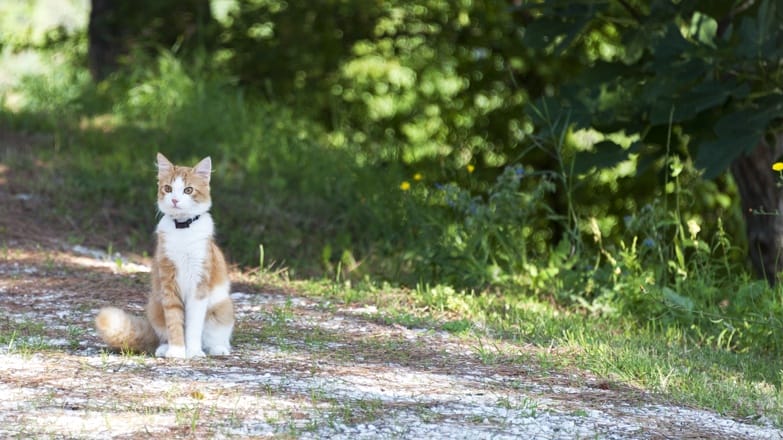
Then, during our recent stay at Borghetto di Brola, we were invited to join a foraging walk. I jumped at the chance, more than willing to redeem my poor childhood attempts.
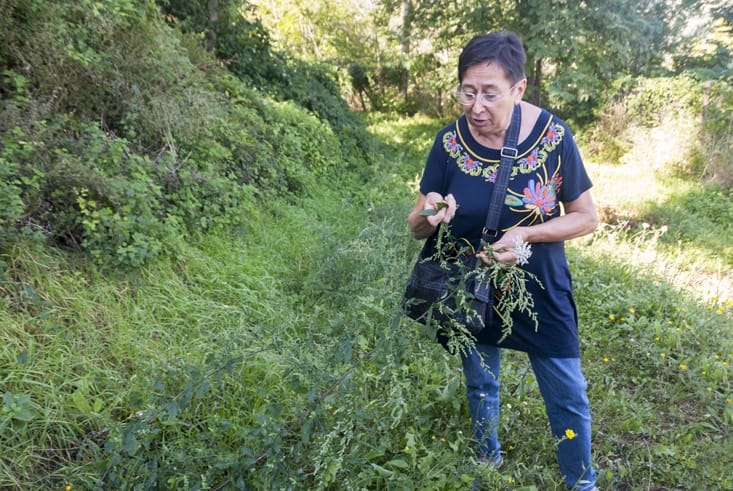
The walk happened in the context of the event ‘I Custodi dei Sapori’ (the custodians of flavours), a Sunday afternoon dedicated to discovering the art of foraging and locally-grown food. It was hosted and guided by Luciana Mazzotti, a local edible herb connoisseur who often organises foraging walks followed by cooking classes.
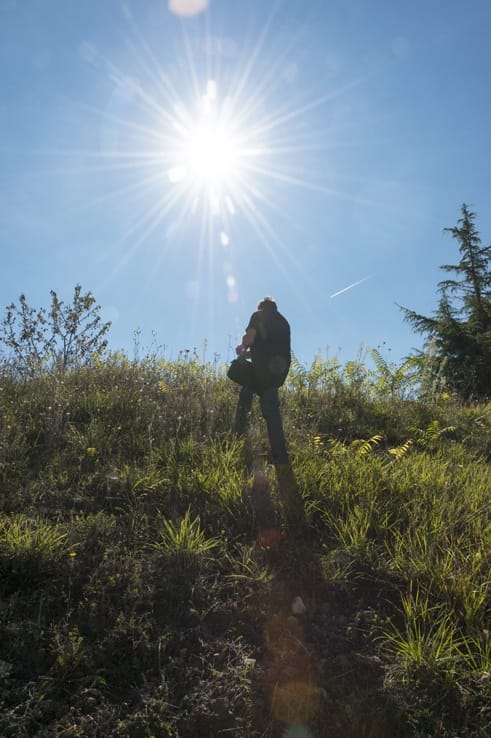
Luciana was one of those people that made you feel welcome straight away. Her knowledge on the matter of edible herbs was impressive; yet, she didn’t flaunt it, and more importantly, was more than welcome to share.

“She likes to give, she doesn’t keep anything for herself” said Beatrice, another edible herb expert and natural chef, who was on the walk with us. In a country where most people keep their foraging spots secret, Luciana’s generosity in sharing her knowledge was more than appreciated.

“Try one” Luciana said, holding out a bright yellow topinambur (Jerusalem artichoke) flower. “It tastes just like topinambur.” I carefully pulled out one of the petals and started chewing on it, and straight away, tasted the rooty flavour of Jerusalem artichoke. “Scatter some flowers on a mixed herb salad, looks pretty and tastes lovely” Luciana said.
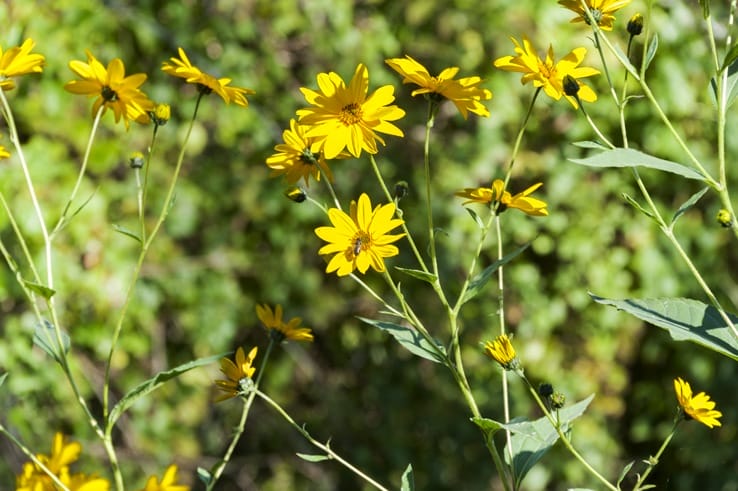
Then she kneeled down, like that man I had seen opposite my school twenty-five years previously, and started stroking, poking and prodding on grasses. “Oh, there’s so much to eat here!” Beatrice and Luciana said, looking at what looked to me like common weeds. “Borragine, lamio, soncus cicerbita, romice, tarassaco…” names that to me sounded more foreign than Hindi spice names.
Then, Luciana picked a beautiful cobalt-blue flower; borragine, borage in English. It’s lovely cooked in soups, or as a filling for ravioli. Or it can be eaten fresh, to give salads a dash of colour. Another lovely herb was narrow-leaved piantaggine, with a distinct porcini-mushroom aftertaste.

“Herbs revive some sort of ancestral heritage” Luciana said. In fact, before the dawn of agriculture, our ancestors got their green by foraging. Foraged herbs are usually punchy, peppery, stronger their cultivated counterparts. Dandelion was a great example; one bite to the serrated leaves and a deep-sharp flavour pervaded my mouth, miles away from the limp ‘dandelion’ sometimes found in supermarket salad bags.

Wild herbs are packed with nutrients, a lot more than their farm-grown counterparts. With a notable exception, wild carrot. It looks and tastes lovely, umbrella-shaped white flowers with a purple dot. It’s tasty battered and fried or eaten with chickpea fritters, but doesn’t offer much in terms of nutrients.

I learnt to distinguish between melissa and nepitella, wild mint, and to recognise the dainty white pimpinella flowers. I wanted to learn more and more, but Luciana stopped me. “You can’t possibly learn more than half a dozen wild herbs at a time. You may think you will remember them, but you won’t. Better to go slowly on this one”.
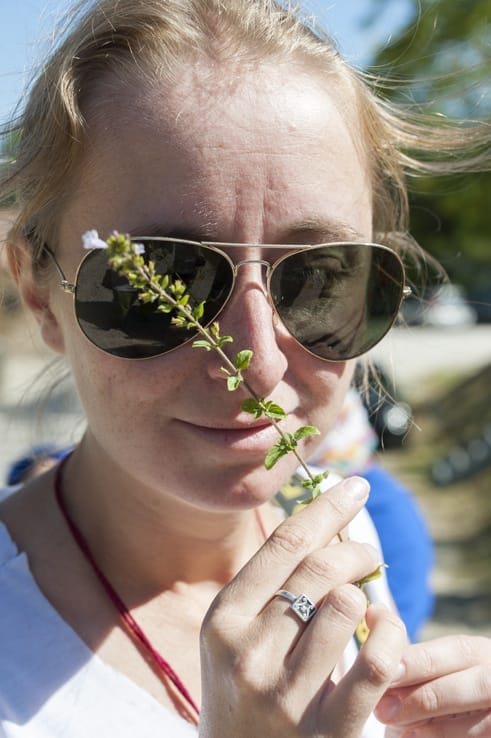
On the way back, Luciana explained how to cook malva risotto “so elegant, white and fresh, the perfect Spring dish”. Apparently, the secret is adding the herb towards the end to prevent it from getting soggy. And don’t forget to pick some purple malva flowers to decorate the dishes, she added.
We drove back home with topinambur flowers wrapped up in newspaper and bunches of wild mint that overtake the usual horrid car smell. The following day, I couldn’t resist checking out the patch of grass opposite my school where I had seen the man forage so many years ago. Only it wasn’t there anymore. A car park had been built in its place.
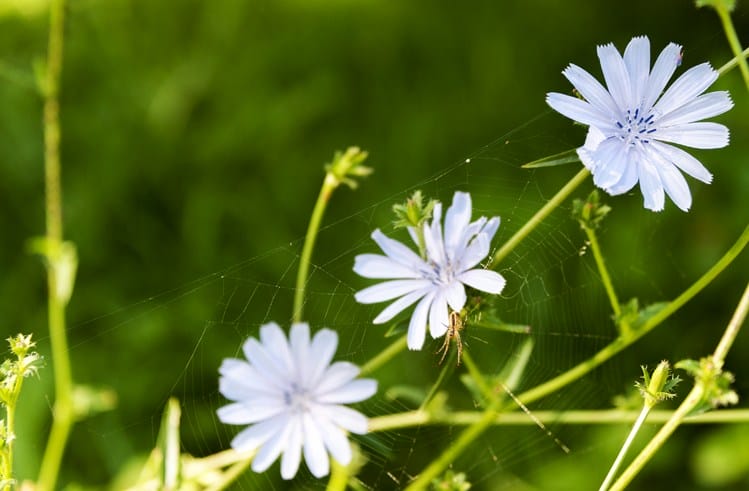

What an interesting article and breath taking photos! I’m always amazed by all the wisdom we lack when it comes to medicinal and edible plants.
I think living in cities forced us to disconnect with nature, glad you guys explored this interesting topic.
I love including herbs in my food. My mom cooks amazing Italian food and she uses quite a few herbs in it. I would like to pick herbs on my own someday, smell them and try them the way you did!